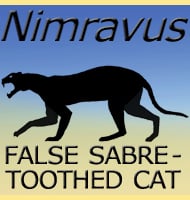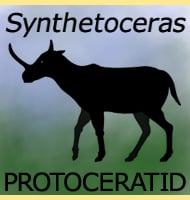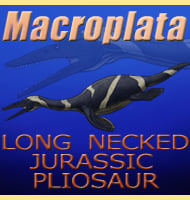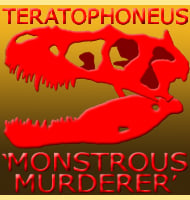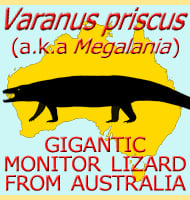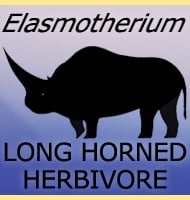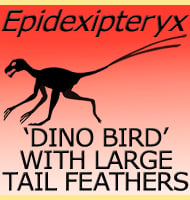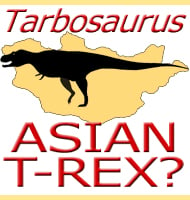In Depth
Named after a village near the location of the fossil site, Rahiolisaurus is still a surprisingly little known abelisaurid at the time of writing, despite it being around eight meters long. The fossils of this abelisaurid were originally considered to be remains of another abelisaurid named Indosuchus. As a large abelisaurid, Rahiolisaurus would have been comparable to Rajasaurus, another large theropod known from Lameta Formation. The two are separated by the simple observation that Rajasaurus is more robust (heavily built) than Rahiolisaurus. The Lameta Formation is also home to other genera including the sauropods Isisaurus and Lametasaurus amongst others, and it’s not impossible that Rahiolisaurus may have hunted these, particularly smaller juveniles. It would be interesting to find out why at least seven individuals of the same species were buried together. It could be that Rahiolisaurus lived in groups, or it could merely be that they had become stuck in some kind of predator trap.
Further Reading
- Rahiolisaurus gujaratensis, n. gen. n. sp., A New Abelisaurid Theropod from the Late Cretaceous of India, Fernando E Novas, Sankar Chatterjee, Dhiraj K. Rudra & P. M. Datta - 2010.

